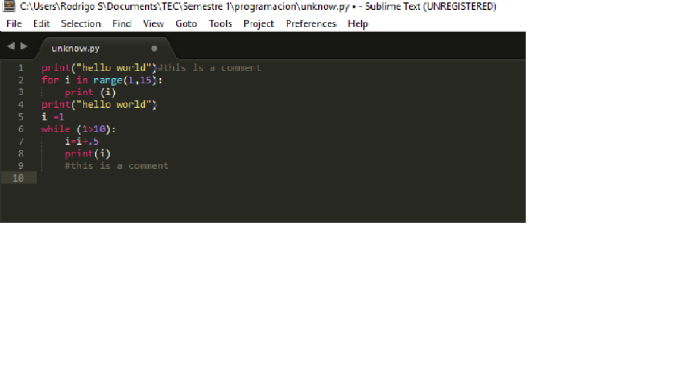--Originally published at Waste your time
The elif statement allows you to check multiple expressions for TRUE and execute a block of code as soon as one of the conditions evaluates to TRUE.
So….. Whast the diference with Else???? isn`t just the same??

unlike else, for which there can be at most one statement, there can be an arbitrary number of elif statements following an if.
Can you show me an example 
if country == "US":
if total <= "50":
print "Shipping Costs $6.00"
elif total <= "100":
print "Shipping Costs $9.00"
elif total <= "150":
print "Shipping Costs $12.00"
else:
print "FREE"
Reference
https://www.tutorialspoint.com/python/python_if_else.htm







